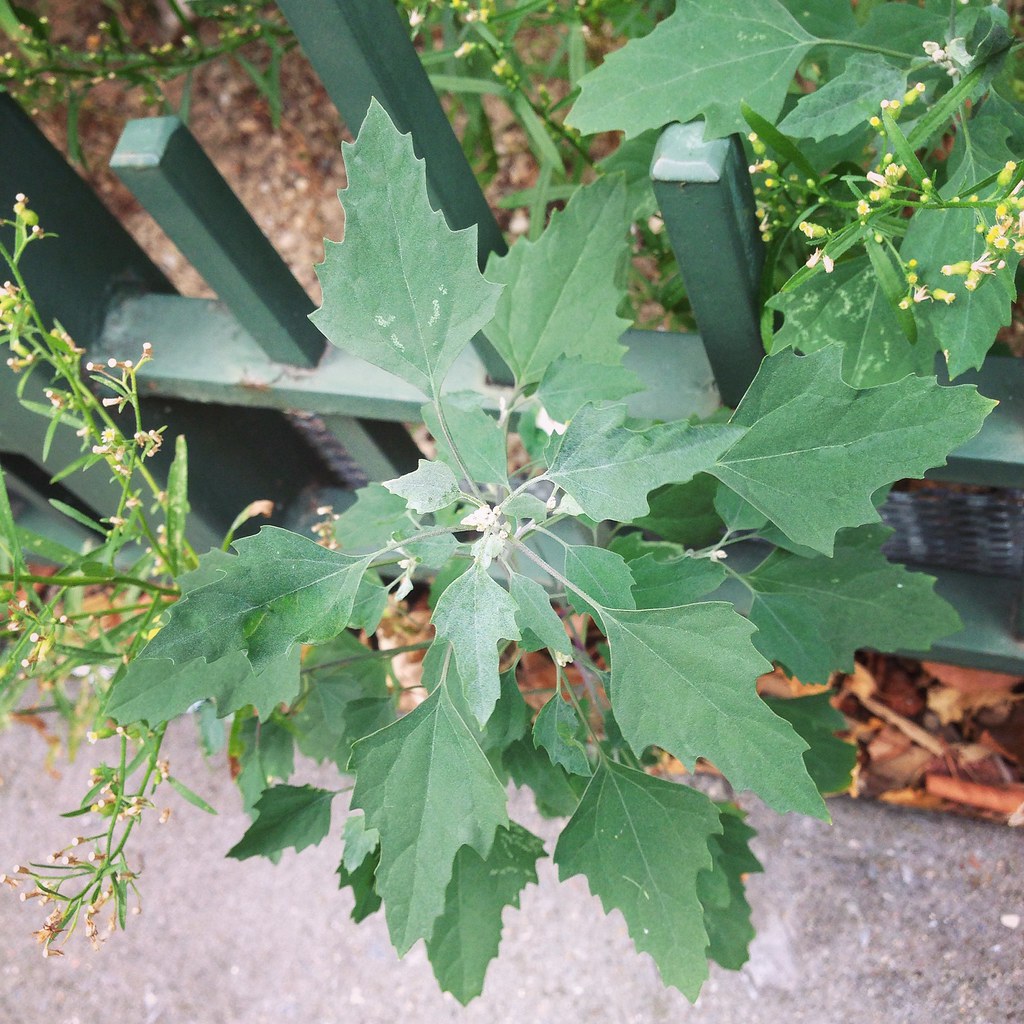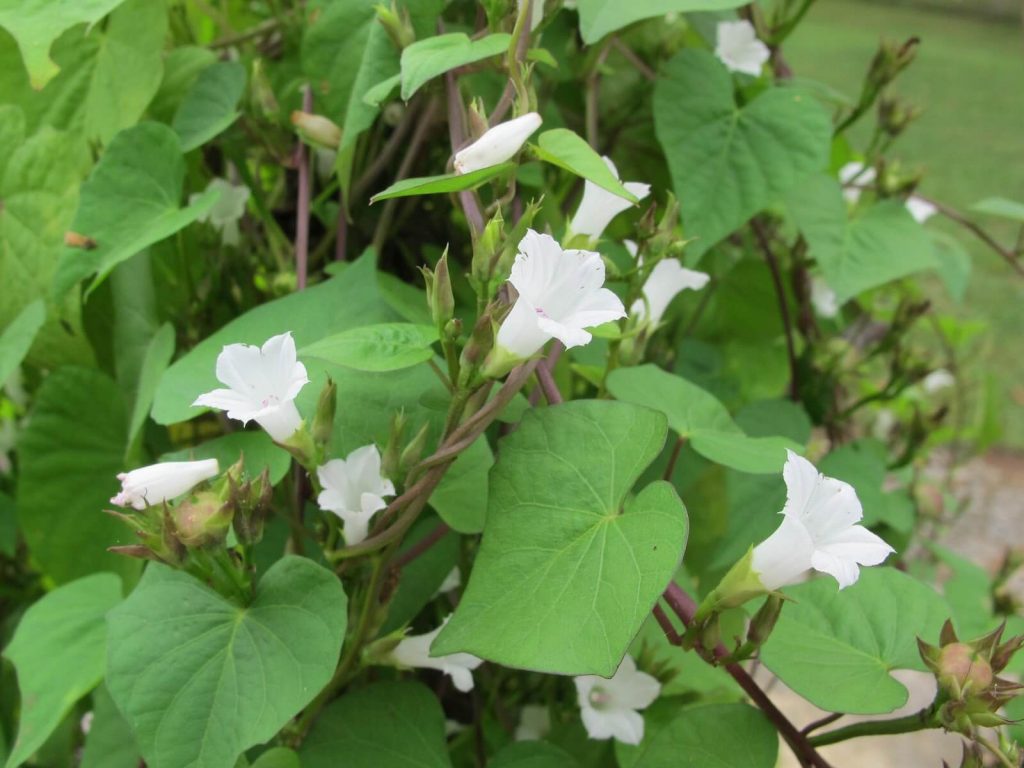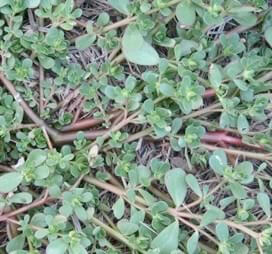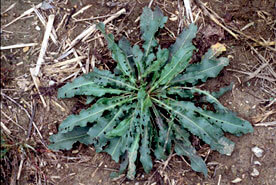Weeds are every gardener’s nightmare. In Colorado, weeds can wreak havoc on even the best-tended lawns. How your lawn responds to weeds depends on a few factors, including the type of weed and your lawn’s overall health. In order to successfully beat a weed invasion and retain the health of your lawn, let’s help you identify some of the most common types of lawn weeds on Colorado.
Lambquarters

Lambquarters are a common type of lawn weed. They are edible weeds related to spinach and are quite prevalent in Colorado. These usually pop up in early spring and can grow out of control if not tended to immediately. On the plus side, because they are edible, many gardeners eat their lambquarters in salads or sautéed. That said, lambquarters can cause major destruction in your garden, so you must pull out the whole plant when you harvest these weeds. The best way to manage lambquarters are through hand weeding or hoeing – just make sure to get to it before it grows too big.
Bindweed

bluejaybarrens.blogspot.com
Bindweed is the bane of many gardener’s existences, and with good reason. While very common, bindweed is difficult to kill as they can spread by seed and root. This means that you must pull out the weed completely as any small piece of root left in the ground will cause it to re-sprout. The most effective way to control this dreaded weed to just keep pulling it up. In this way, you should be able to eradicate most of it over time. If your bindweed problem seems excessive, you could consider using landscape fabric below or around your bed to prevent growth.
Purslane

organicneedle.com
Purslane is another edible weed that has all the benefits of a leafy plant. This succulent plant has a lemony flavor and is packed with omega- fatty acids. Purslane is used raw or lightly cooked in salads. Despite its redeeming qualities though, purslane is still a weed and you should not let it grow long enough to seed as one plant can produce over 200,000 seeds. Those seeds get to work germinating for years and are best managed by hand weeding.
Curly Dock

ipm.missouri.edu
Curly Dock forms part of the buckwheat family and is a common weed in the Colorado area. Curly Dock is also edible, but not as commonly eaten and harvested as lambquarters or purslane. Curly Dock weeds have broad, bushy leaves and can grow very tall if left undisturbed. Just like bindweed, a new plant can grow from just a small piece of root left in the ground, so it is important to get the entire plant out. That said, due to its deep, strong roots, hand weeding can be hard. The best way to get rid of Curly Dock is to dig up the entire plant.
Kochia

nwcb.wa.gove
Taking a seat alongside lambquarters as a part of the goosefoot family, Kochia is a common weed found throughout the western states of the US. It has greyish-green leaves, although it can also have a slight purple color when it is small. Kochia can grow to be 5’ or taller if not managed. The good news – this weed has a shallow taproot that can be easily pulled.
Are you struggling with out of control weeds in Colorado? J. Rick Lawn & Tree can help. Contact us today for a free quote.
Other Great Articles about Lawn Care Trips

Understanding How Pre-Emergent & Post-Emergent Weed Control Products Work
Weeds can be the bane of any homeowner’s lawn, especially in central Colorado. If you’re battling these pesky intruders, understanding the differences between the various weed control products available can be daunting. That’s why we’re going to explain the two main types of weed management products, pre-emergent and post-emergent herbicides. As you read on, you’ll…

The Complete Guide to Fall Lawn Care: Best Practices for Preparing Your Lawn for Winter
Is this your first fall as a Colorado Springs homeowner? Whether you’re ready to winterize your lawn for the first time or simply need a fall lawn care refresher for the home you’ve lived in for years, these essential lawn care basics will help you transition your lawn from the summer season to winter. Fall…

The Complete Guide to Lawn Mowing + Lawn Mowing Tips for Colorado Springs Homeowners
Mowing your Colorado Springs lawn is more than a weekend chore; it’s essential to keeping your green space healthy and attractive. You may think the only purpose of mowing is to keep your grass from getting unruly. However, your mowing practice can actually help increase your lawn’s density and encourage deep root growth, two factors…
